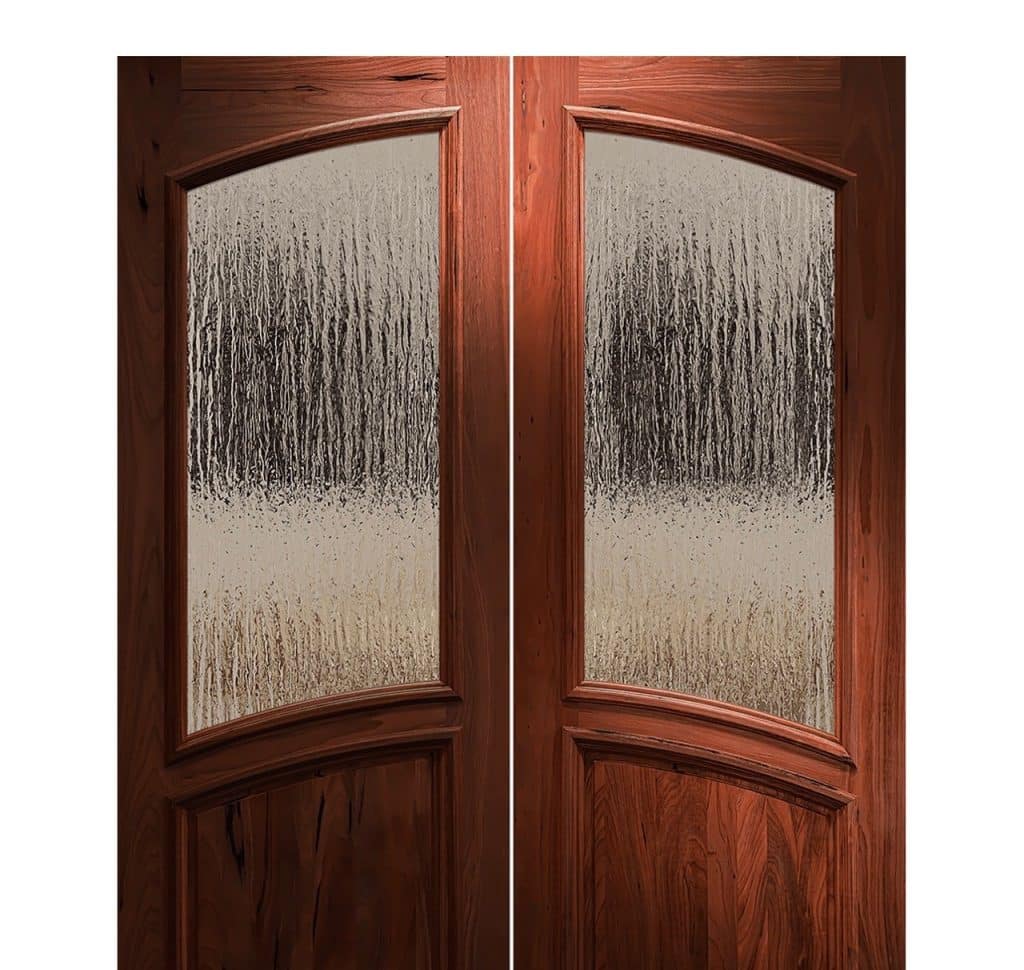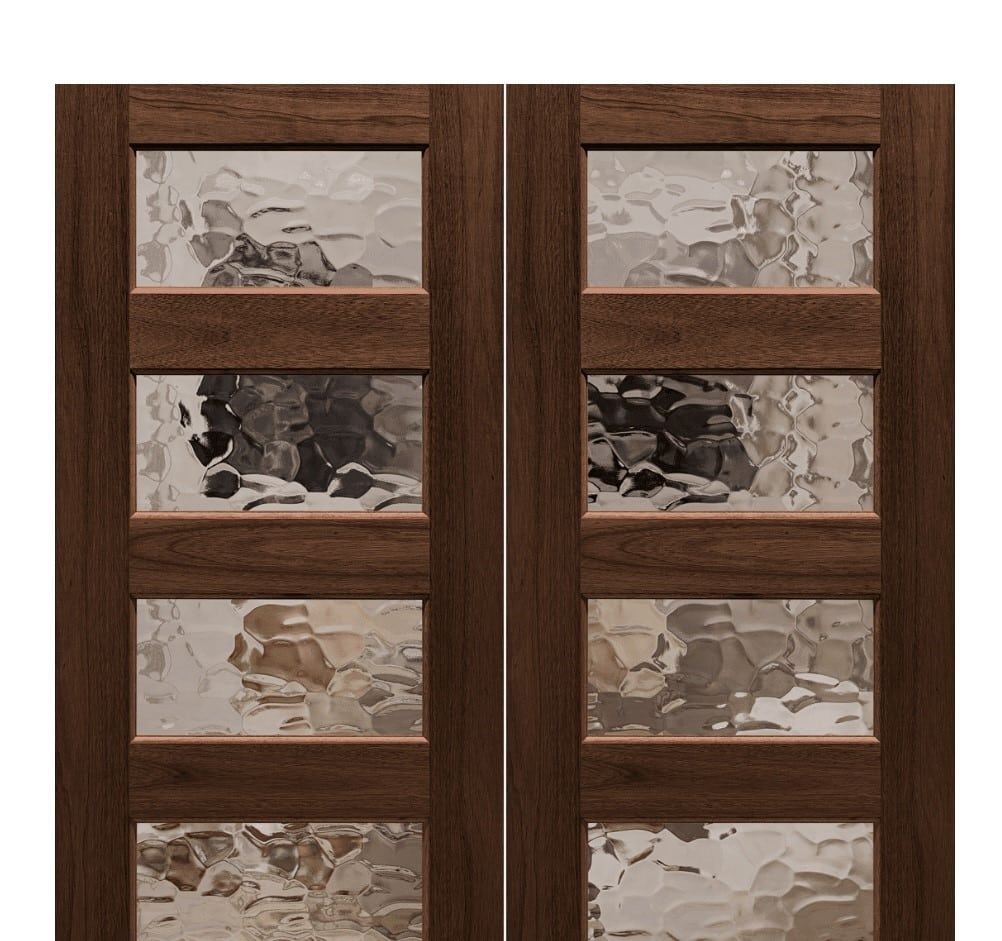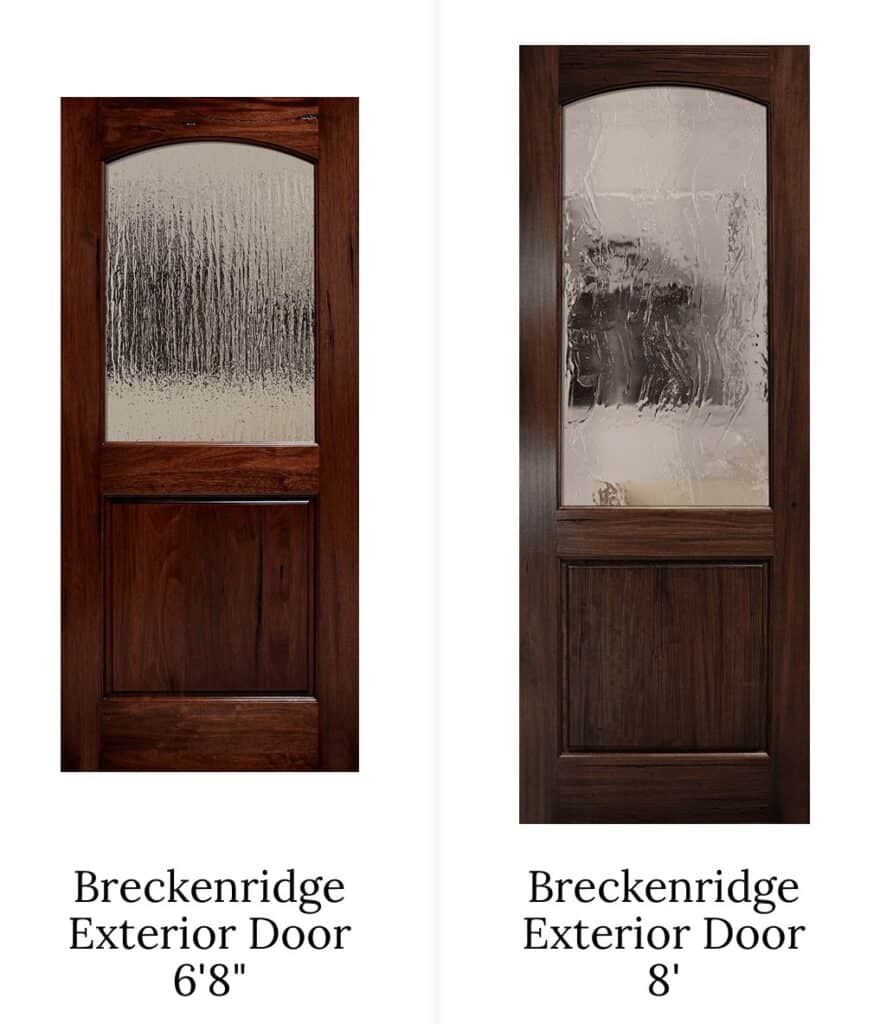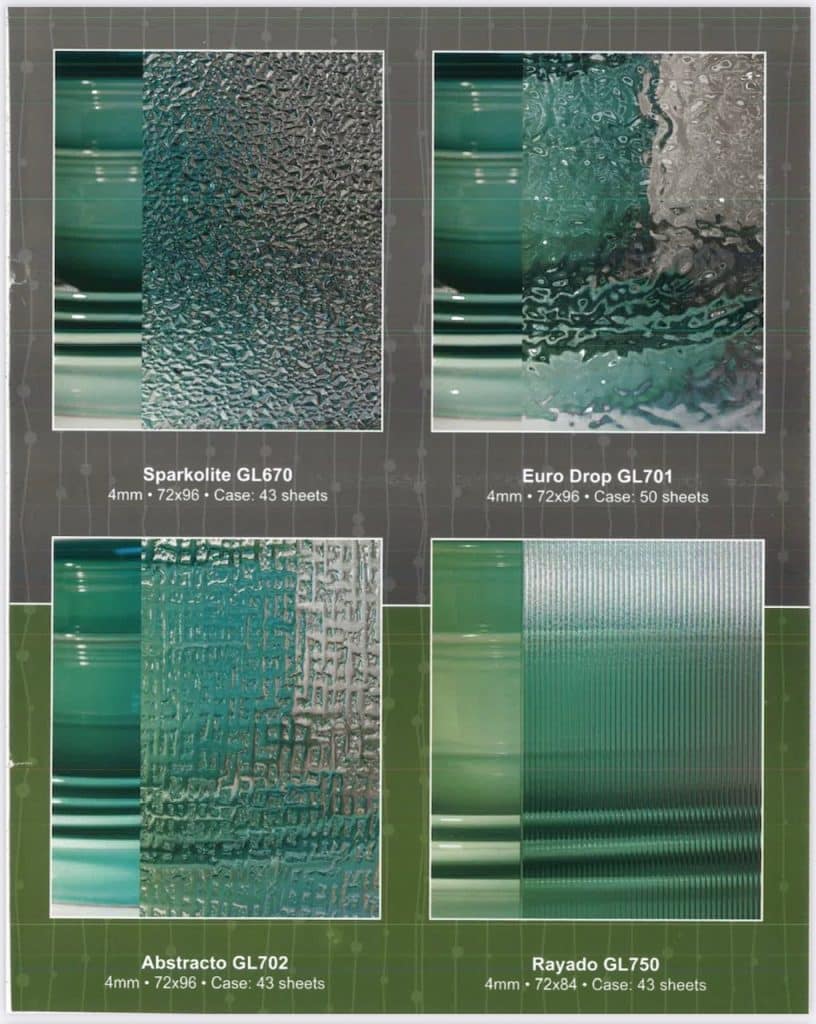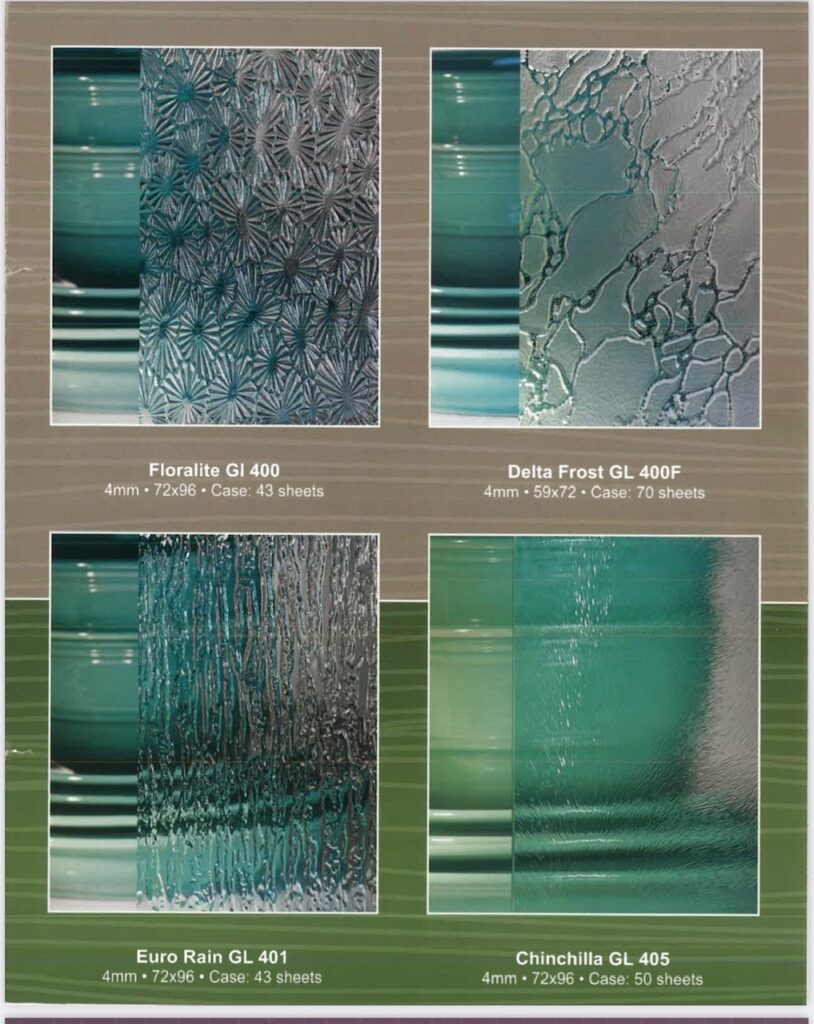- Home
- Glass Types
- Custom Obstructed View Glass Doors
Obstructed View Glass Doors
You can add style, privacy, and elegance to your home with obstructed view glass doors from Amish Custom Doors. These doors are thoughtfully designed with textured or frosted glass panels that obscure visibility while allowing light to fill your space. Perfect for adding a touch of modern sophistication or complementing a rustic design, these doors seamlessly combine form and function.
Obstructed view glass doors are ideal for various settings, including home offices, bathrooms, or living areas where privacy is essential but light flow is desired. Crafted from premium materials such as mahogany, white oak, and knotty alder, these doors ensure durability and aesthetic appeal. Choose from a variety of glass finishes, including frosted, reed, or patterned designs, to create a look that matches your personal style.
With options for custom sizes, prehung installation, and unique decorative details, every door is tailored to your specifications. Additional features, such as energy-efficient glass and high-quality wood finishes, make these doors a practical and stylish addition to your home. Whether you’re enhancing a traditional space or adding contemporary charm, our obstructed view glass doors offer a blend of beauty and functionality.
For a quote or to place an order:
Send a concept picture, drawing with dimensions, wood species, and a description of your project.
Call or Text: 1 336 848 7440
Email: info@amishcustomdoors.com
Need a New Door? Let's Talk!
Just a Few Types of Obstructed View Glass Doors We Build:
- Custom obstructed glass doors
- Privacy glass panel doors
- Frosted glass interior doors
- Modern obstructed glass styles
- Rustic obstructed glass doors
- Double obstructed glass doors
- Obstructed view patio doors
- Sliding obstructed glass doors
- Elegant frosted glass panels
- Stain-grade privacy doors
- Paint-grade glass panel doors
- Obstructed French glass doors
- Arched obstructed glass doors
- Soundproof glass panel doors
- Custom oak obstructed doors
- Obstructed glass barn doors
- Beveled obstructed glass doors
- Solid wood obstructed doors
- Energy-efficient glass panel doors
- Elegant modern privacy doors
Testimonials







